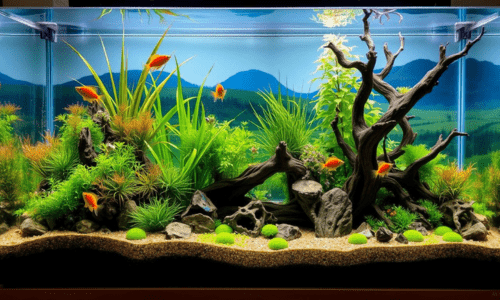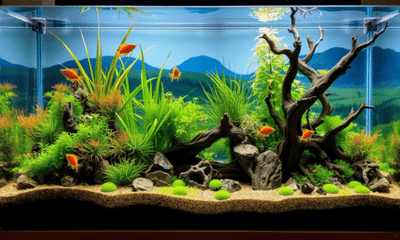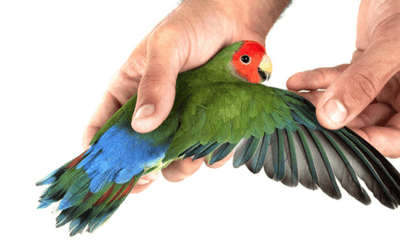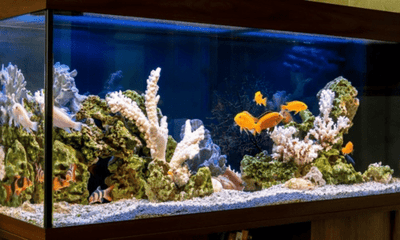Setting up a home aquarium is an exciting and rewarding experience, whether you’re a beginner or an experienced fish keeper. However, creating a thriving aquatic environment takes more than just adding water and fish. A proper aquarium setup involves understanding cycling, filtration, and stocking, three essential elements that ensure your fish remain healthy and your tank stays balanced long-term. This guide covers everything you need to know before diving into the world of fishkeeping.
Understanding the nitrogen cycle
Before adding fish, your tank needs to be “cycled.” The nitrogen cycle is the biological process that breaks down harmful waste products into less toxic compounds. When fish produce waste or leftover food decomposes, ammonia is released into the water. Ammonia is highly toxic to fish, even in small amounts.
Beneficial bacteria in the aquarium convert ammonia into nitrite, another harmful compound. Then, a second type of bacteria converts nitrite into nitrate, which is far less dangerous and can be removed through water changes and plants. Cycling typically takes four to six weeks and can be done in one of two ways:
-
Fishless cycling – Add a source of ammonia (such as pure ammonia or fish food) to the tank and let the bacteria grow before adding any fish.
-
Fish-in cycling – Add a few hardy fish and carefully monitor ammonia and nitrite levels while performing frequent water changes.
You can test your tank’s progress using a water test kit. Once ammonia and nitrite levels read zero and nitrates begin to appear, your aquarium is cycled and ready for more fish.
Choosing the right filtration system
Filtration is the backbone of a healthy aquarium. It removes waste, clears debris, and maintains stable water chemistry. There are three main types of filtration to understand:
-
Mechanical filtration – This physically traps debris, such as uneaten food and plant matter, using filter pads or sponges. It’s essential for keeping the water clear.
-
Biological filtration – This houses beneficial bacteria that convert harmful ammonia and nitrite into nitrate, supporting the nitrogen cycle. Most filters include a biological media section for bacteria to colonise.
-
Chemical filtration – Activated carbon or specialised resins remove impurities, odours, and discolouration from the water, keeping it clean and fresh.
When choosing a filter, consider your tank size, fish species, and maintenance preferences. Canister filters are powerful and ideal for larger aquariums, while internal or hang-on-back filters work well for smaller tanks. Woonona Petfoods carries filtration systems suitable for a range of aquarium types, ensuring your fish enjoy the best environment possible.
Stocking your aquarium correctly
Overstocking is one of the most common mistakes new fishkeepers make. Too many fish can lead to poor water quality, stress, and disease. A general guideline is one centimetre of fish per litre of water, but this can vary based on the species, their adult size, and swimming behaviour.
When selecting fish, choose species that are compatible in size, temperament, and water conditions. Avoid mixing aggressive and timid fish, and research whether your chosen species prefer hard or soft water, warm or cool temperatures, or specific pH levels. It’s also important to introduce new fish gradually. Start with a few hardy species, then add more after the tank stabilises. Always quarantine new arrivals for at least a week before adding them to your main aquarium to prevent the spread of disease.
Essential aquarium equipment
To keep your aquarium stable and your fish happy, a few key pieces of equipment are essential:
-
Heater – Many tropical fish require a consistent temperature between 24–27°C. A reliable aquarium heater ensures the water stays stable, especially in cooler months.
-
Thermometer – Use an aquarium-safe thermometer to monitor temperature accurately.
-
Lighting – Proper lighting supports fish health and plant growth. LED aquarium lights are energy-efficient and long-lasting.
-
Air pump – Helps oxygenate the water and improves filtration efficiency.
At Woonona Petfoods, we stock everything you need to create a balanced, thriving aquarium, including heaters, pumps, lighting, and maintenance tools.
Aquascaping and décor
An aquarium isn’t just a habitat, it’s a living piece of art. Decorating your tank with gravel, rocks, driftwood, and plants not only makes it look beautiful but also provides hiding places and reduces fish stress. Live plants, such as Anubias, Java Fern, and Amazon Sword, also help absorb nitrates, improve water quality, and increase oxygen levels. Alternatively, artificial plants offer low-maintenance decoration while still providing structure for your fish.
Be sure to rinse all décor before placing it in the tank to remove dust and debris, and choose items designed specifically for aquarium use.
Maintenance and long-term care
Once your aquarium is established, regular maintenance is key to keeping it healthy. Perform weekly water tests and partial water changes (around 20–30%) to remove nitrates and refresh minerals. Clean your filter media as needed, but never rinse biological media in tap water, as chlorine can kill beneficial bacteria. Instead, rinse it gently in old tank water. Keep an eye on fish behaviour and appearance. Lethargy, loss of appetite, or spots may indicate stress or illness. Early intervention and water testing can often resolve issues before they become serious.
Setting up an aquarium is a journey in patience, balance, and care. By understanding cycling, filtration, and stocking, you’ll create a thriving aquatic ecosystem where your fish can flourish. For all your aquarium needs, from filters and heaters to water treatments, food, and fish care accessories, visit Woonona Petfoods in-store or online. Our knowledgeable team is always happy to help you choose the right products for your setup and guide you every step of the way.






